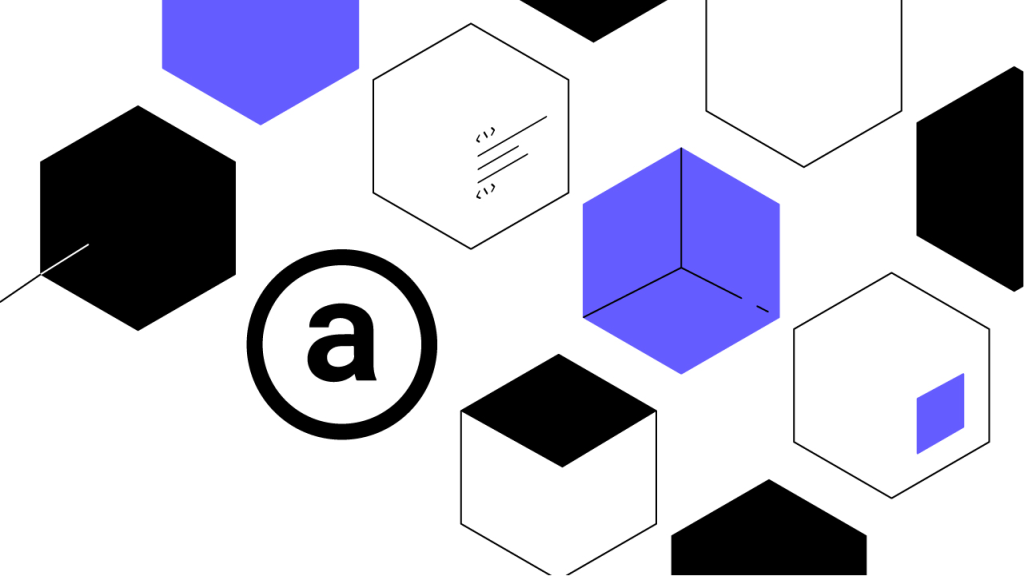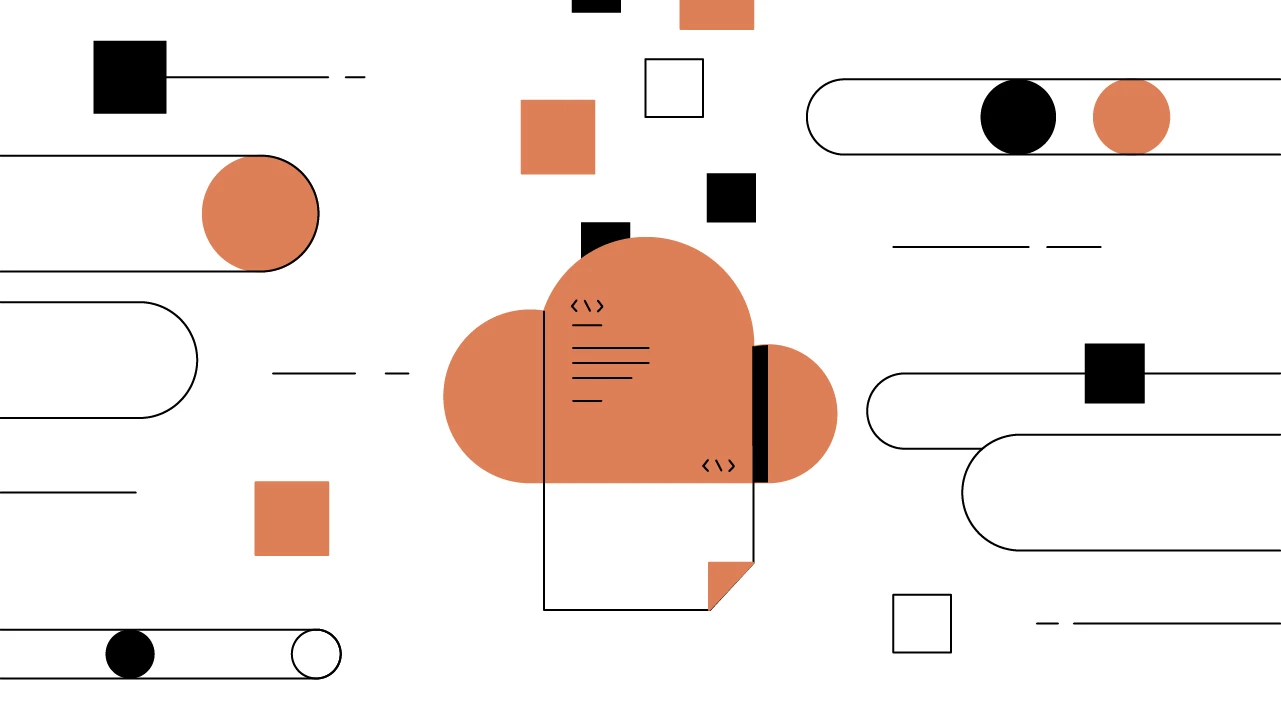Contents
Arweave: A Permanent, Decentralized Internet
Arweave is decentralizing — and preserving — internet data and websites with its blockchain-like architecture called the blockweave.
Updated March 8, 2022 • 4 min read

Summary
Arweave seeks to make information permanence cost-effective and scalable with its decentralized architecture. The protocol provides the basis for the “permaweb” — a new version of the web in which websites and applications are permanently stored and the provenance of information can be traced. Arweave financially incentivizes data storage providers with its Arweave token (AR). The project’s unique blockweave architecture, miner content moderation policies, and competition-based approach differentiate Arweave from the wealth of decentralized storage network options already available.
Arweave: Blockchain Data Storage on the Permaweb
We tend to think of the internet as an endless trove of information that exists in perpetuity. In actuality, the websites, data, and other material that comprise the content of the internet are often changed, redacted, and in some cases, removed altogether. Data storage is largely controlled by a few centralized entities who mediate our access to websites and apps — and they can revoke it at any time. Likewise, data stored in a centralized manner can easily be lost, manipulated, or censored, and websites and apps can disappear when funding is no longer available for maintaining them. Arweave was developed to resolve data impermanence on the internet by offering a resilient, decentralized information preservation protocol.
At its core, Arweave is a Decentralized Storage Network (DSN) that connects people who have extra available computer disk space with those who need more computer storage. Designed to provide scalable, cost-effective, and permanent data storage, Arweave is built on a blockchain-like data structure called the blockweave. The blockweave underpins what’s called the permaweb — a collection of data, websites, and decentralized applications (dApps) that form a permanent, decentralized information network that’s accessible through regular internet browsers, and which motivates users to participate. Key to Arweave’s function is its native Arweave token (AR), which is used to incentivize miners to maintain copies of data and pay for transaction fees.
Arweave’s Blockweave and Proof-of-Access Consensus
Like traditional blockchain networks, Arweave’s blockweave is made up of a collection of blocks. These blocks hold the data that makes the websites and applications accessible on the permaweb. In a traditional blockchain, blocks are linked to the previous and following blocks in the chain only. Whereas with Arweave’s blockweave architecture, each block is linked to the following block and two previous blocks: one preceding block and a second block from the network’s blockweave history known as its “recall block.”
The recall block is key to the function of Arweave’s unique consensus mechanism known as Proof of Access (PoA). Here’s how it works: The blockweave is maintained by miners who provide disk space and replicate the data stored in the network in order to gain AR tokens. In order to mine or verify a new block, miners must provide cryptographic proof that they can access the blockweave‘s recall block — hence, Proof of Access.
PoA is intended to incentivize long-term data storage because miners must access older, random blocks from the blockweave’s history in order to mine new blocks and receive mining rewards. PoA also incentivizes miners to store blocks that are not widely replicated because, when a rare recall block is selected, miners with access to it compete with fewer miners for the reward. This means that miners who store rarer blocks are likely to receive a larger reward over the long-term. Notably, miners are not obligated to store all of the data in the network. Arweave lets miners choose which blocks and transactions to store. Each miner can establish a “content policy” that prohibits certain data from being stored by the miner. When data is distributed to the network, it is scanned against the content policies of each miner and will not be accepted into a miner’s transaction pool if it contains prohibited content.
Arweave’s AR Token Economics
When Arweave’s genesis block was mined 55 million AR tokens were created, and an additional 11 million tokens will be introduced into circulation as mining rewards. To store data in the blockweave, you must pay fees in AR tokens. Arweave miners receive these tokens in exchange for mining new blocks, which obligates them to store data. However, transaction fees do not go entirely to miners. The majority of the transaction fee is allocated to a storage “endowment,” which is distributed to miners over time. Effectively, the user pays an upfront fee that accrues interest and is later distributed to the miners. This incentivization cliff serves to limit the AR token’s volatility while ensuring the long-term viability of its mining-based consensus mechanism.
Use Cases of the Arweave Permaweb
Though the permaweb is visually similar to the traditional web and can be accessed through traditional browsers, it is different from the conventional web in key ways. Importantly, because the permaweb is built on Arweave, users can expect reliable, immutable access to its content. Once published, permaweb applications and websites will be displayed for as long as the Arweave protocol is in operation. Additionally, because information stored on the blockweave is signed by a wallet, data uploaded to the permaweb is associated with an identity, though it may be a pseudonym. This means that the provenance of information can be traced through the network, making it easy to identify the origin of any misinformation.
A variety of applications have already been built on the permaweb, including Arweave Web Archive, which lets you archive websites on the permaweb. Other projects include Gitopia, which allows you to store your code on the blockchain, and Verto, a decentralized trading protocol where you can buy and sell profit-sharing tokens. Profit-sharing tokens are tokens built on Arweave that distribute dividends generated from using decentralized applications (dApps). Arweave also can be used for the permanent storage of non-fungible tokens (NFTs).
Arweave strives to alter standards of the data storage industry considerably, and to create a new internet where information is accessible perpetually. The project’s unique blockweave architecture, miner content moderation policies, and competition-based approach differentiate Arweave from the wealth of decentralized blockchain data storage options available today. Together, these elements elevate Arweave from a data storage protocol to an entire, impermanent layer of the internet.
Cryptopedia does not guarantee the reliability of the Site content and shall not be held liable for any errors, omissions, or inaccuracies. The opinions and views expressed in any Cryptopedia article are solely those of the author(s) and do not reflect the opinions of Gemini or its management. The information provided on the Site is for informational purposes only, and it does not constitute an endorsement of any of the products and services discussed or investment, financial, or trading advice. A qualified professional should be consulted prior to making financial decisions. Please visit our Cryptopedia Site Policy to learn more.

Is this article helpful?


